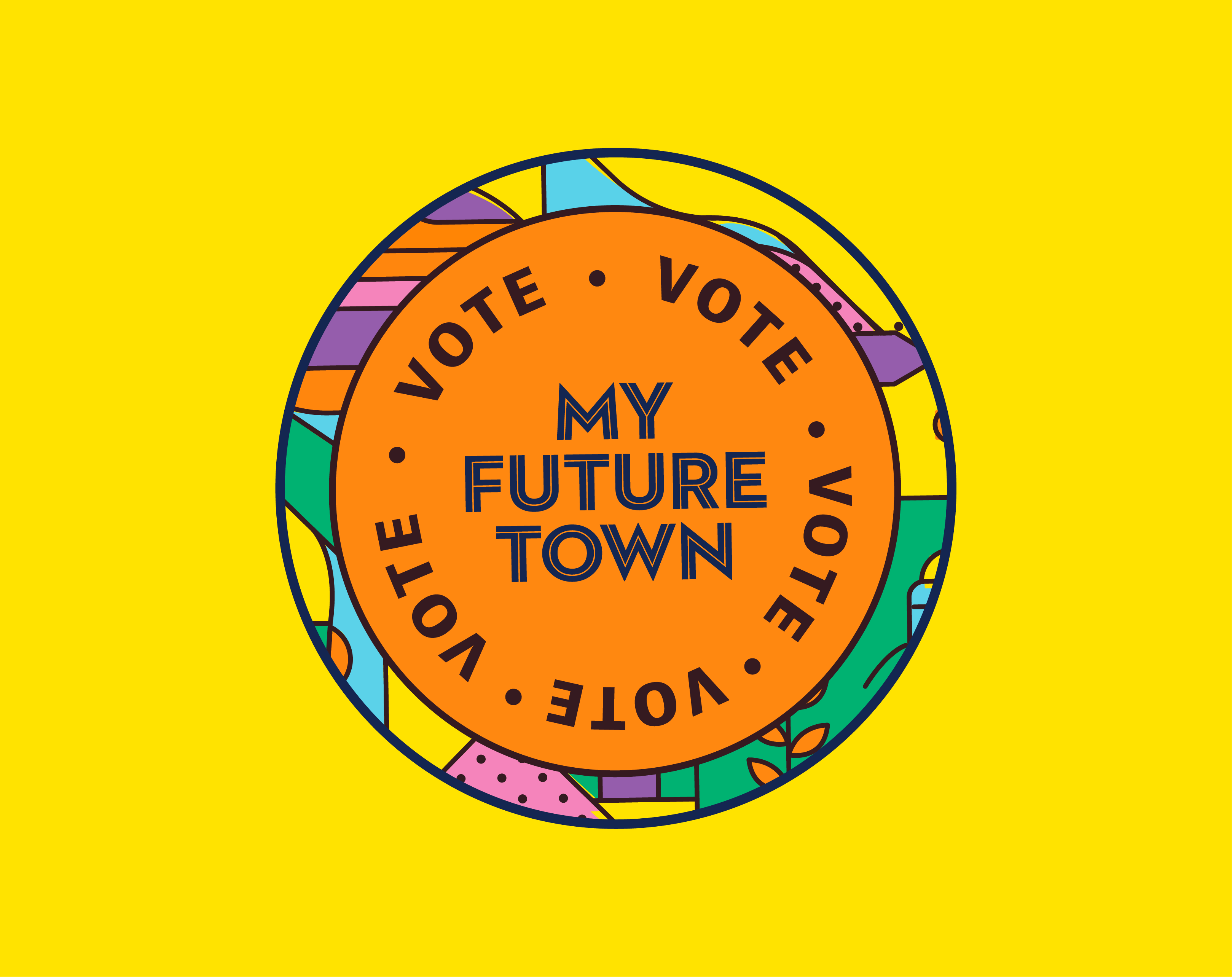
Empathy is a core principle of good co-design, and we think it is a critical skill that is a hallmark of strong and resilient leaders and organisations.
Our typical stereotype of a strong leader is someone who is decisive and single-minded, someone who is willing to make the ‘hard calls’ and persuade staff their way of thinking is right. But could being open-minded, understanding multiple points of view, and being a good listener be even more effective at solving certain problems?
We intuitively understand the importance of having empathy for our customers - understanding their perspectives, wants and needs so we can design better products and services for them. But what if we applied this same principle to our own team? How could building our empathy muscles make us better leaders and strengthen our organisations?
Here are some ideas for how you can use co-design tools to become a more empathetic leader and ultimately to build empathy into your organisation’s DNA.

Ideation
If you’re a leader and a problem has you stumped, it’s a natural inclination to try and figure things out on your own. However, in reality, shared ownership of a problem often leads to better outcomes.
Next time you have a tough problem, try an ideation session with your team. Hash out lots of ideas - your team will feel valued that they’ve been part of the discussion. Yes, you as a leader can make the final call, but everyone else will understand your decision-making better because you’ve involved them in the process.
You’ll have to push through the fear of not appearing to be a strong leader by having all of the answers, but actually having empathy for your team’s different ways of thinking creates more transparent and effective leadership.
An important sidebar: we’re not talking about meetings where you come with a decision and then ‘consult’ with staff so they feel heard. Co-design means really, truly having an empathic and curious mindset. Suspend your judgment and be willing to open your mind to your team’s suggestions.

Empathy conversations
We typically conduct empathy conversations to gain insights into our customer’s motivations and feelings, but we can also use the technique to understand our teams. Rather than assuming your staff operate the same way you do, try using some structured conversations to understand what they want and need from you as a leader.
Next time you’re doing performance reviews, try using the strategies we use in empathy conversations. Change the setting - go somewhere that staff feel comfortable talking with you and have the conversation over coffee or food. Focus on their body language and what they aren’t telling you. Ask neutral, short questions and remember that silence is often the best question - people will fill it with unexpected insights.

Journey mapping
Another tool you can use with your team is journey mapping. We usually use journey maps to understand how customers use products and services. In this case, they can help us understand what tasks our staff do on a daily basis and how we can make these tasks easier and more efficient.
Try asking: what are the pain points in your day and how can we eliminate them? This will help you change or shift processes to make your team more productive.

Personas
Finally, personas are a tool we use to describe our customer’s psychometric profiles; that is, what are they feeling, thinking, saying, and doing? In the same way, we can use personas to understand our team’s individual strengths and preferred ways of working.
You might also want to think about your own persona as a leader. Share this with your team so everyone understands how you work best and how they might be able to help you.
All of these tools will help you use empathy as a leadership strength. Far from being a weakness, building empathy into the DNA of your organisation will make it more resilient, productive and effective.
#internationalwomensday



